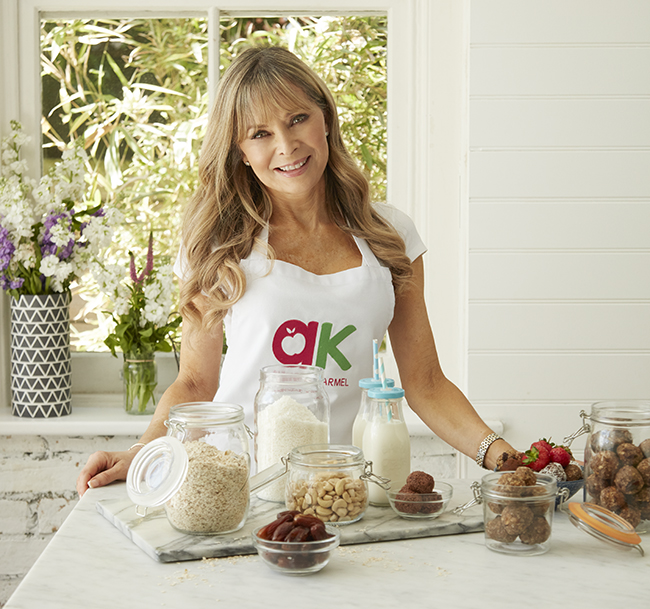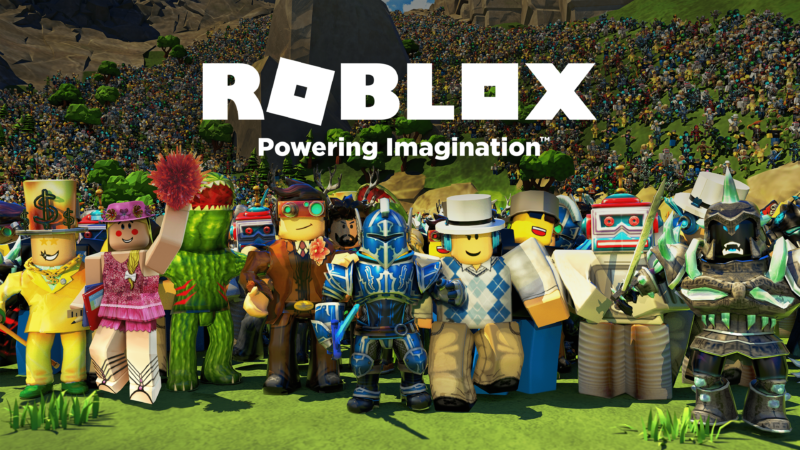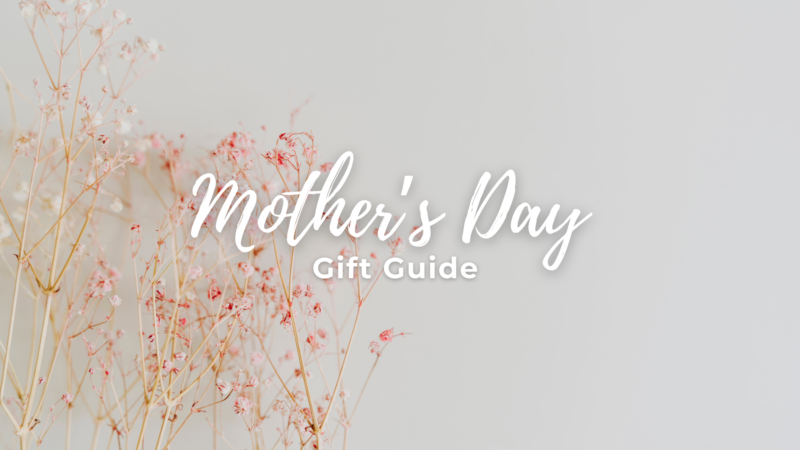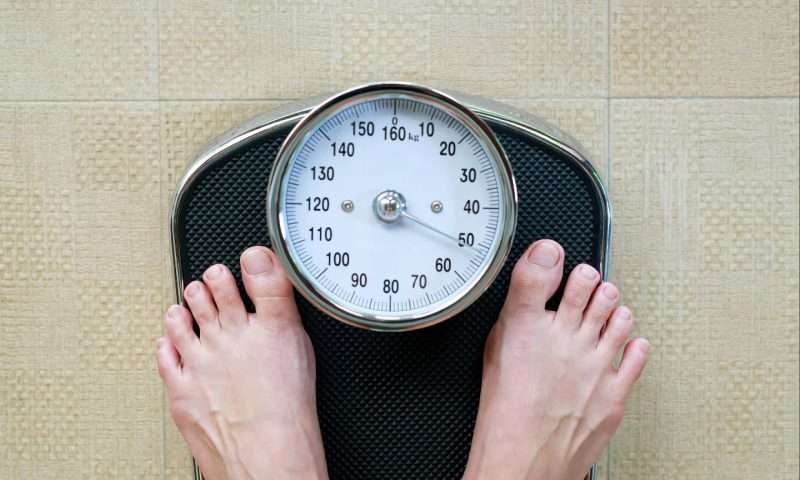It’s a minefield trying to navigate all the conflicting advice on weaning out there -but, fret not, the weaning journey isn’t as complicated as it seems!
Our little ones may be unable to verbalise their readiness, but they do communicate to us in other ways. There are some tell-tale signs to look out for, such as tongue-thrusting and being able to hold up their own head.
Generally speaking, and in line with official UK guidance, babies naturally develop the skills they need to move on to solid food at around the six-month mark.
Ultimately though, you should take your baby’s cue. If they definitely start to show the signs of wanting solids a little earlier, then it’s totally fine to start.
Although, it is important to note that babies should never be weaned before 17 weeks. Research suggests that at this stage your baby’s digestive system and kidneys might not be developed enough to cope with solids.
If you’re unsure and want to start a little earlier than 6 months, do check in with your health visitor or GP. As with most big milestones in parenthood, nothing is ever black and white!
Despite common conception, fist chewing, more frequent night wakings, or wanting more milk feeds aren’t actually reliable signs of readiness.
So what I would say from the outset is to listen to your intuition – mother knows best after all!
At around six months you will start to introduce solid foods into your baby’s diet alongside their usual breast milk or first infant formula milk – but do you take the traditional spoon-fed route, baby-led method (BLW) or a combined approach?
As with many things baby related, it’s not a one-size-fits-all decision – there are many factors at play.
My top tip would be to follow the lead of your baby, not your peers or what’s a la mode at the moment!
Without a doubt, both traditional weaning and BLW have their pros and cons, however you don’t have to choose one over the other.
If you feel it’s right for you and your baby, you can offer your baby a mix of pureed nutrient-dense foods as well as soft finger foods from the get-go.
In fact, this is my preferred route, as well as that of the Department of Health and Social Care, the NHS and the British Nutrition Foundation.
By taking this combined approach, your baby can explore a variety of foods served up in different ways.
Anyway, by six and a half months all babies should be having soft finger foods, even if served alongside mashed or textured purees.
What is important is that baby gets to be a part of family mealtimes as they soak up so much from their social surroundings and from watching you eat a range of healthy foods.
There really is no right or wrong when it comes to introducing complementary foods – take your lead from your baby and remember to enjoy the weaning journey!
Top 5 weaning tips
-
Bring baby to the dinner table
Make sure baby gets to be a part of family mealtimes as they soak up so much from their social surroundings and from watching you or a member of the family eating a range of healthy foods.
-
Mighty milk
For your baby’s first year, when introducing complementary foods, their usual milk still provides the mainstay of nutrition.
-
Iron
A baby’s iron reserve will be running low at around six months, so this is the ideal time to start introducing iron-rich foods into your baby’s diet. Babies absorb iron from meat more easily than iron from any other food source, and the darker the flesh of the meat, the higher the iron content.
-
First tastes
Start with a single vegetable. The reason for this is so that your baby can identify the foods they’re eating. Once they have accepted these single flavours, you can then go on to combine flavours and introduce fruit which I’ll come on to shortly. With babies only having sweet milk until this point, it’s important to expose them to more bitter and sour tastes at the start of weaning. Try introducing those bitter and sour green veggies in the first few weeks alongside those sweeter root veggies.
-
Finger foods
At six months, you can introduce soft finger foods into your baby’s diet. They are the ideal way to introduce your baby to different textures and handing over the reins to your baby will allow them to work out how to get food to their mouth, break pieces off and chew. Tackling lumps, bumps and texture is a really important milestone within weaning. Obviously, if you’re including finger foods from the outset, then texture will be on the menu from the very start. But even if you’re spoon feeding, don’t delay in starting to make meals less smooth, and more textured within a few weeks.
-
About Annabel Karmel
Annabel Karmel MBE is the UK’s No. 1 children’s cookery author, best-selling international author, and expert of devising delicious, nutritious meals for babies, children and families. With a vast digital following, apps and supermarket food ranges Annabel is a leading pillar for parents looking to give their family the very best start.











